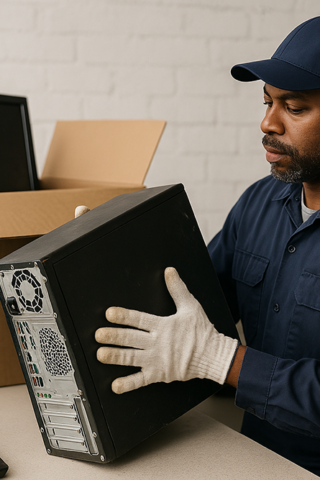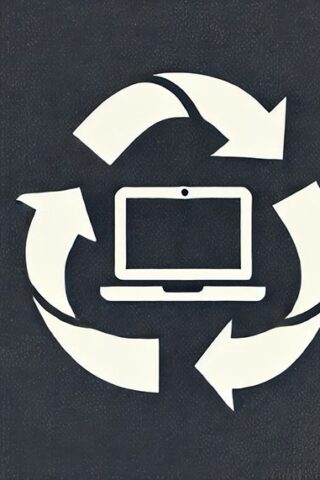The explosive ubiquity of electronic gadgets is becoming a growing a menace, as their disposal continues to pose a major threat to human health and the environment.
Based on current figures, over 52 million tonnes of electronic waste are generated annually across the globe. In 2022, researchers estimated that out of the roughly 16 billion phones owned by people around the world, an estimated 5.3 billion would become waste.
The Burden Of Electronic Waste
A bulk of electronic waste containing hazardous materials such as mercury is dumped illegally and ends up in landfillsor incinerated. These materials then leak into the soil, pollute water bodies and enter the food chain.
Such was the case at an electronic waste disposal site in Central Accra, Ghana, where hens’ eggs were found to have chlorinated dioxins (a toxic material) at levels that were 220 higher than those permitted in Europe.
Countries in the Global South have been bearing the brunt of the crisis, as wealthy nations continue to dump thousands of tonnes of electronic waste in the form of old computers, phones and tablets presented as donations.
Researchers have begun to sound the alarm on this trend, warning that carbon emissions from the production, use and disposal of electronic devices will account for 14 percent of all emissions by 2040, an equivalent of one half of the emissions from the world transport sector today.








